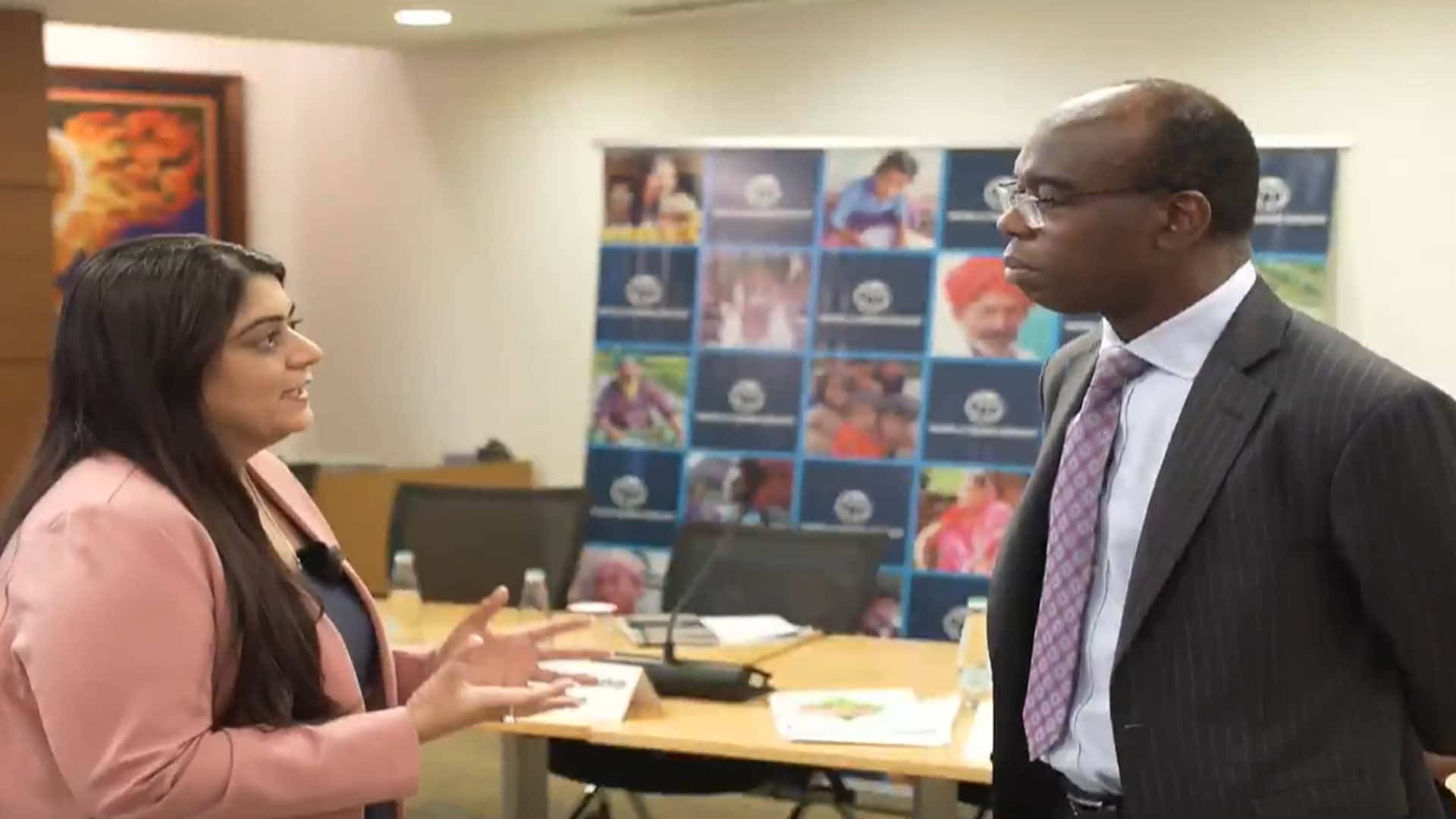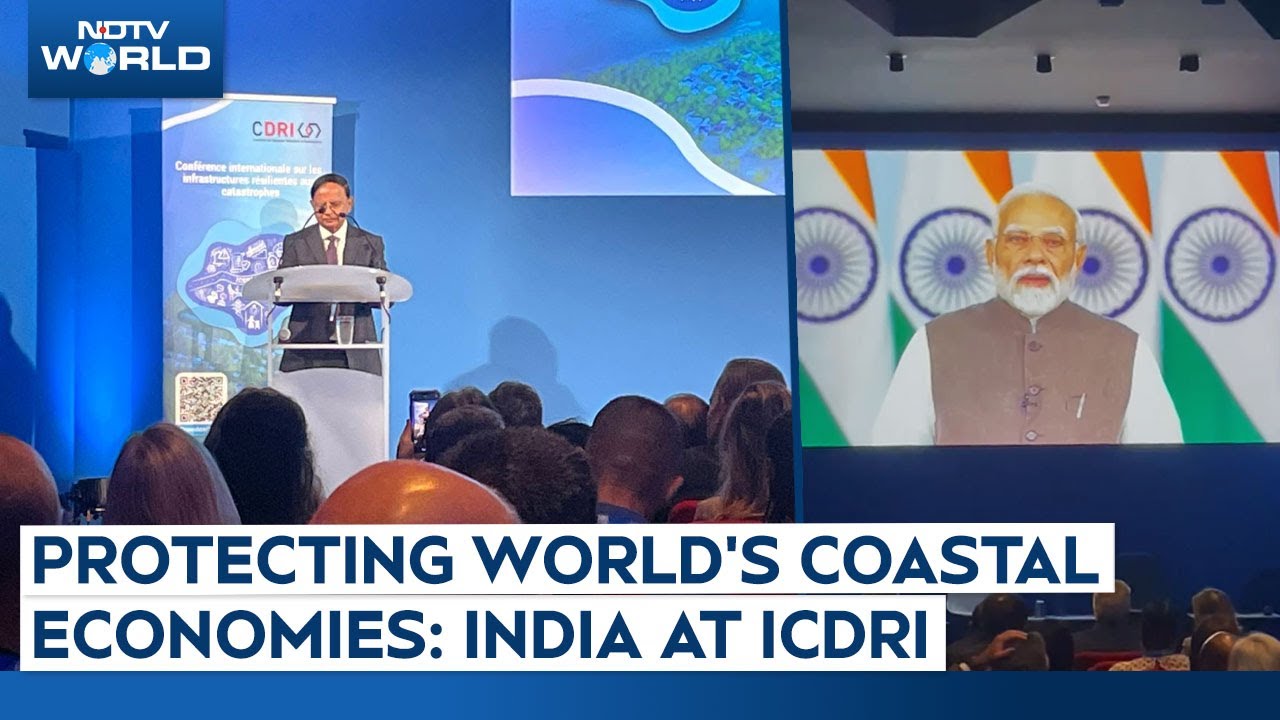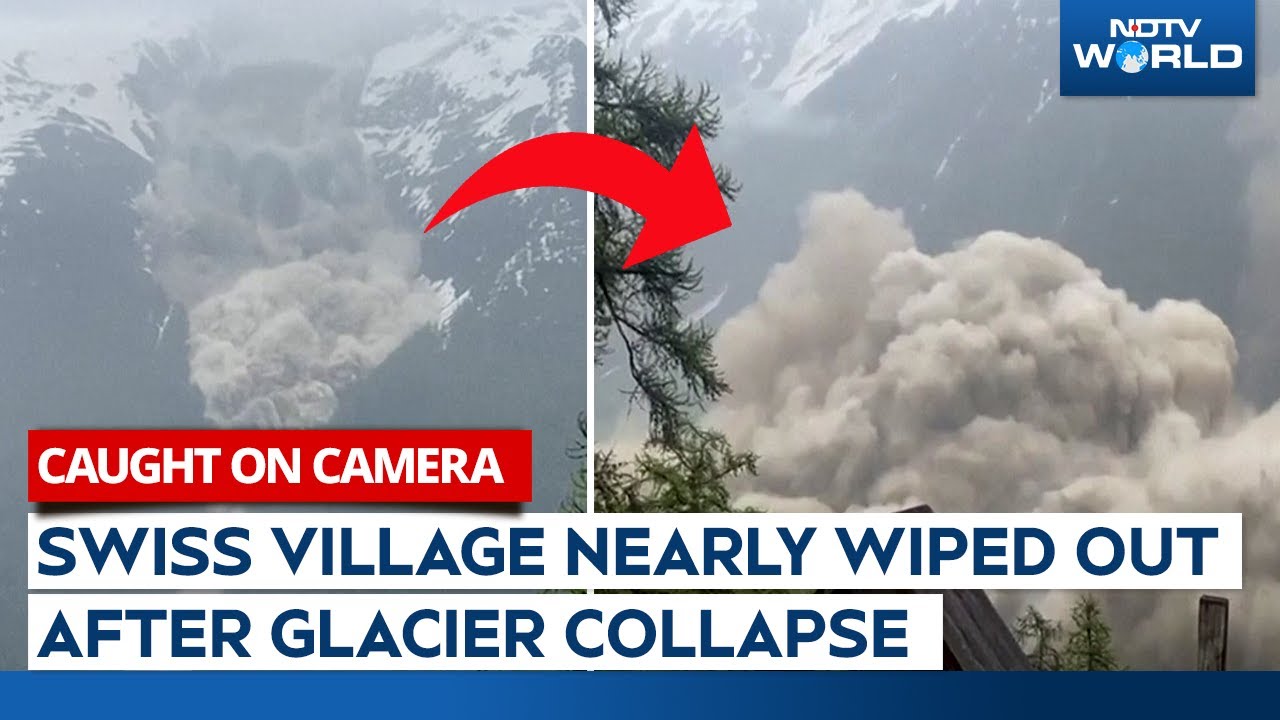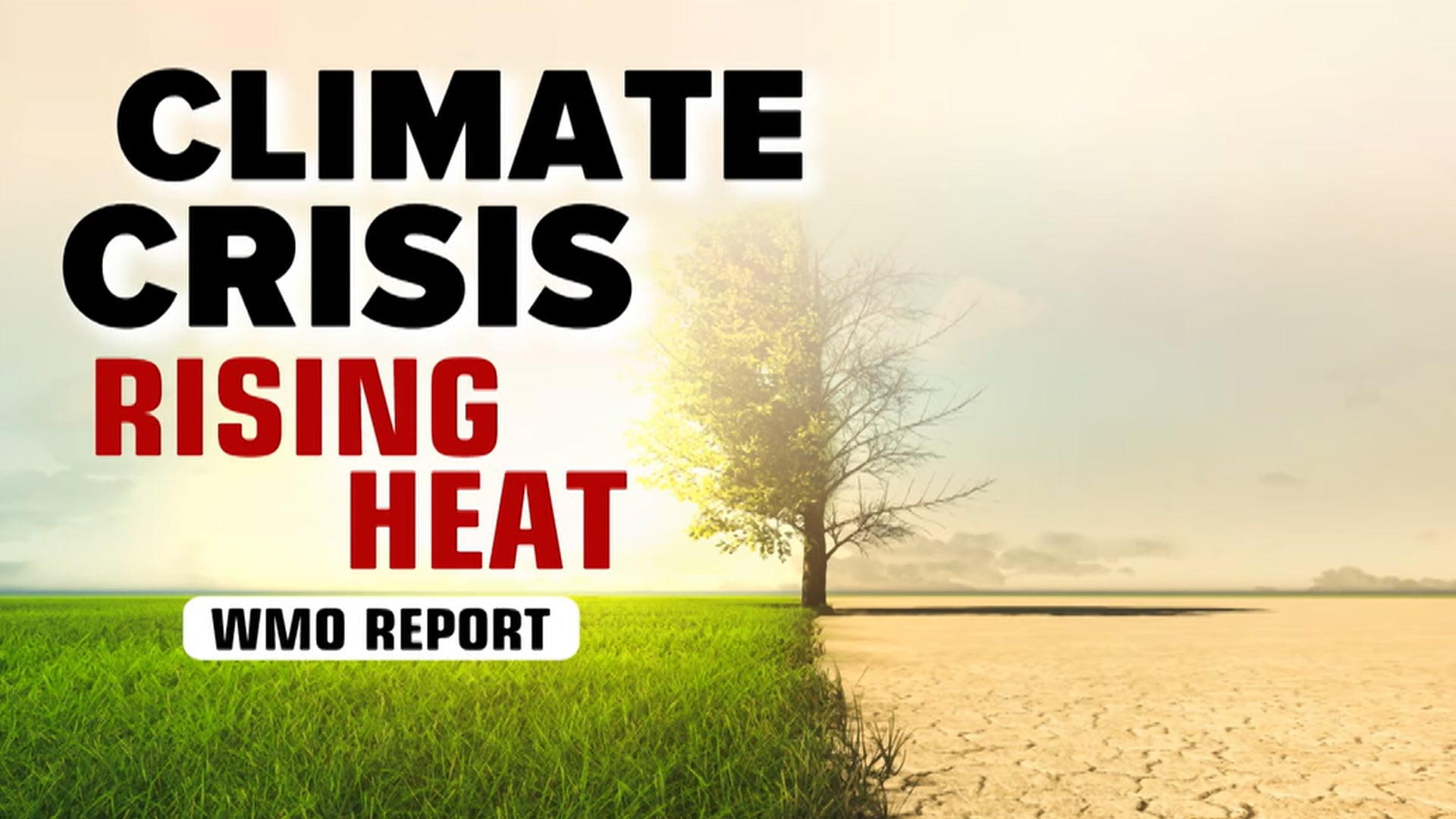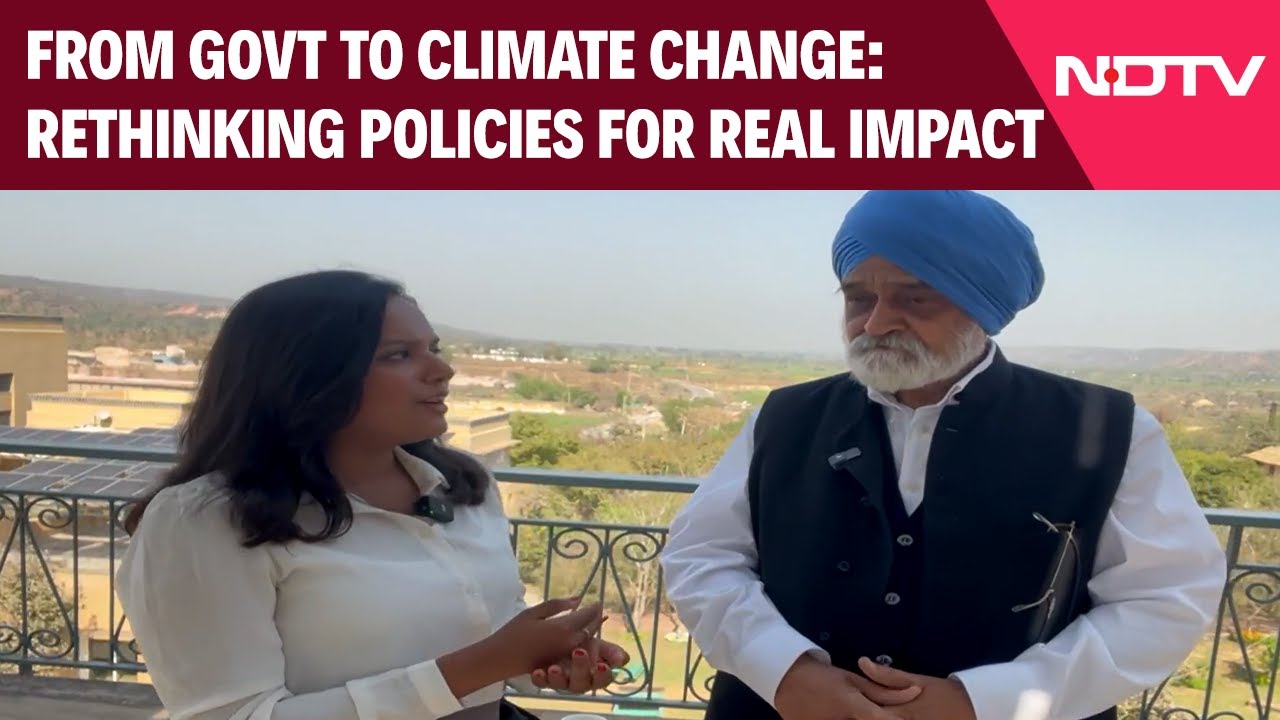Climate Change And Increase In Diarrhoeal Disease - What's The Connection?
World Health Organisation states that the lower and middle-income countries are particulated impacted with rising sea levels, frequent and extreme weather events, heatwaves and droughts, forest fires and increase in mosquito-borne diseases like malaria. Research shows that 3.6 billion people already live in areas highly susceptible to climate change. A recently published study from the University of Surrey also highlighted the connection between climate change and diarrhoea, which is a leading killer of children. The irony is that the disease is both preventable and treatable. However, the disease still remain a challenge. According to UNICEF, Diarrhoea accounts for approximately 9 per cent of all deaths among children under age 5 worldwide in 2021. To understand the connection further between climate change and Diarrhoea and how India should be prepared to tackle the crisis, team Banega Swasth India speaks with Dr. Aditya S Chowti, Senior consultant, Internal Medicine, Fortis Hospital, Bengaluru. Here's what we discussed.



